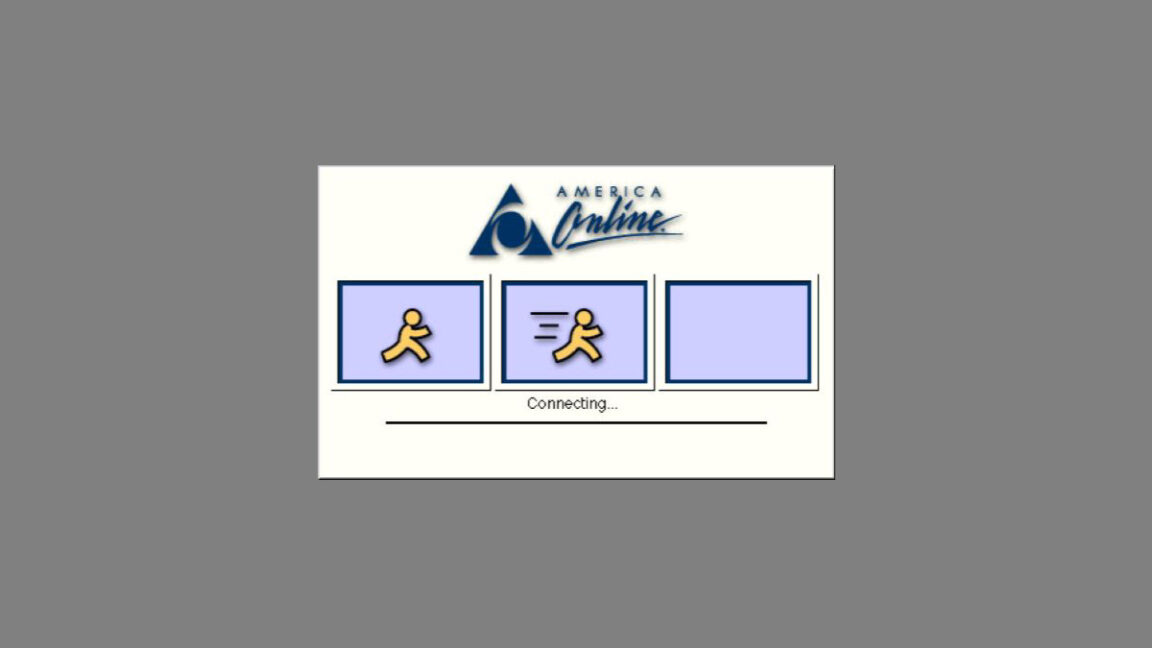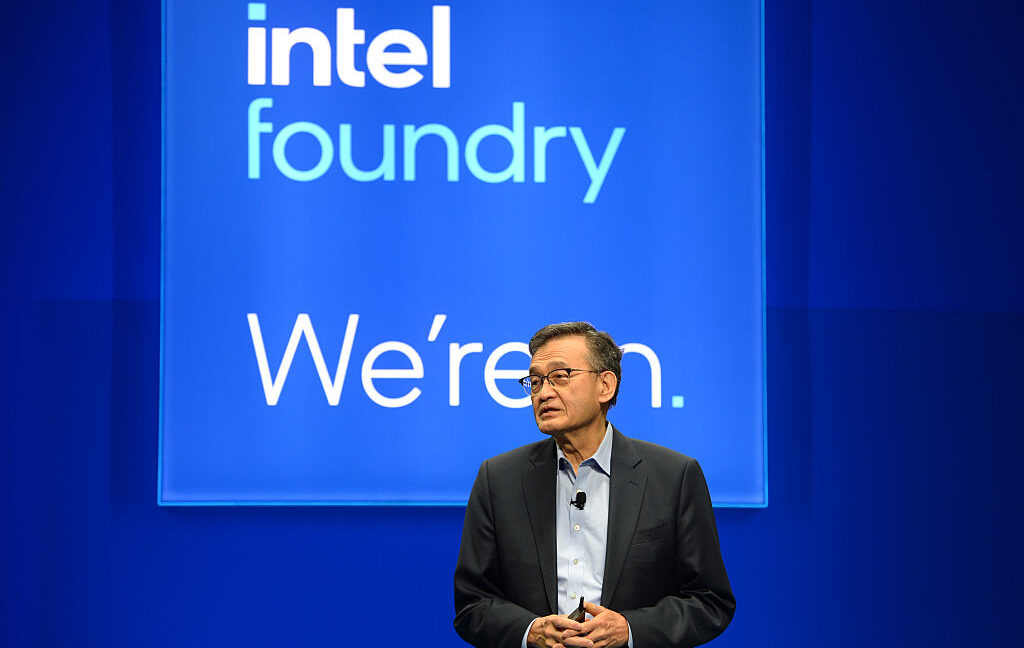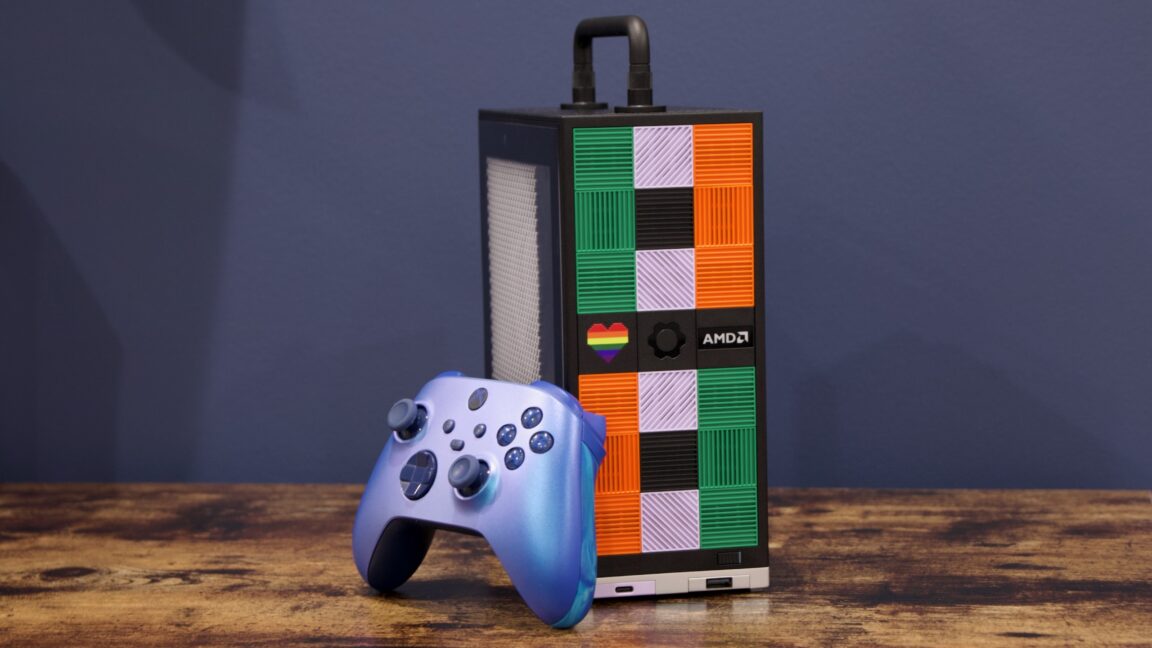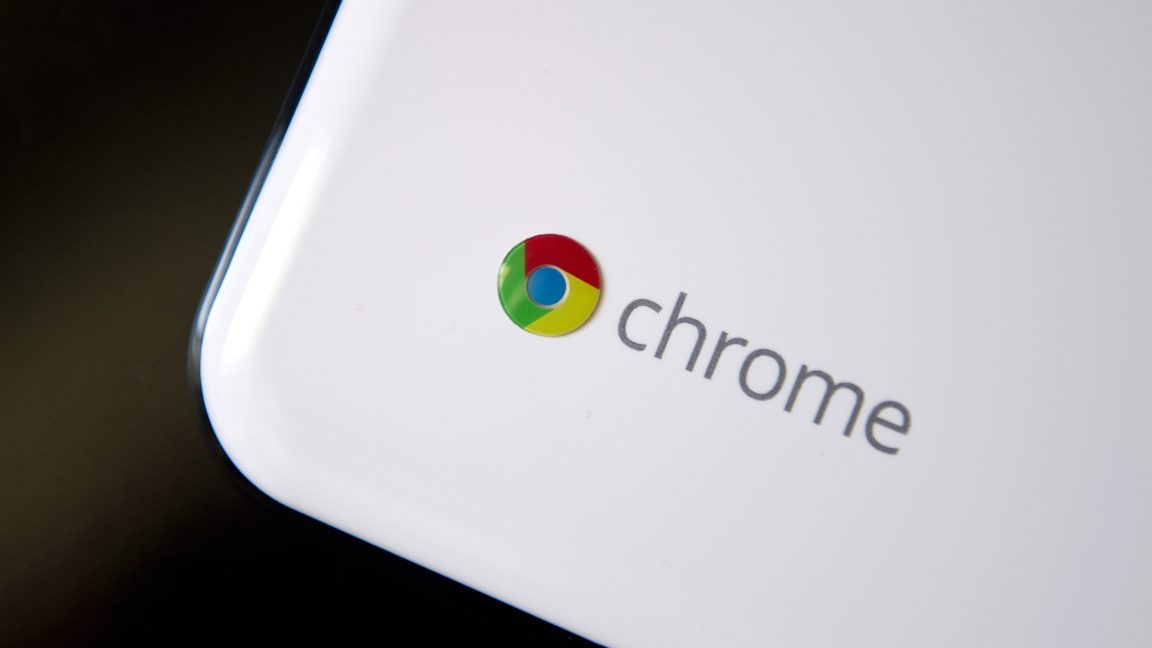The End of an Era: AOL to End Dial-Up Internet Service

Decades after introducing millions to the Internet through telephone lines, AOL is set to discontinue its dial-up modem service on September 30, 2025. This marks the end of an era for a technology that was a gateway to the web for many during the 1990s and early 2000s.
In a recent customer message, AOL stated, "AOL routinely evaluates its products and services and has decided to discontinue Dial-up Internet. This service will no longer be included in AOL plans." Alongside the dial-up service, AOL will also retire the AOL Dialer software and AOL Shield browser, both set to be discontinued on the same date. These tools were pivotal for connecting to AOL's network and optimizing web browsing on slower connections.
AOL's journey began in 1991, evolving from a closed commercial online service titled "America Online." Though not initially granting true Internet access, AOL didn't open its network to the World Wide Web until 1994. The expansion saw AOL grow with the burgeoning Internet, peaking at 25 million subscriptions before broadband entered the mainstream.
Currently, about 175,000 American households still rely on dial-up connections, primarily in rural settings with limited broadband infrastructure. Satellite Internet presents an alternative, albeit with limitations such as data caps and higher latency.
Dial-up technology, despite its limitations, bridged the digital divide, especially in areas where modern connectivity isn't feasible. The transition from dial-up—the technology of 1995 with its 0.056 Mbps speed—to today's broadband at an average of 500 Mbps illustrates the vast improvements in Internet connectivity.
For many, the sound of connecting via dial-up is nostalgic—a series of beeps and static as modems negotiated connections. This technology worked by converting digital data to audio signals over telephone lines, often causing conflicts with phone access.
Despite not being the inventors, AOL mastered the art of making dial-up accessible, simplifying configurations into an easy-to-use package. This effort included distributing CD-ROMs that made Internet connection as simple as clicking "Connect." The cultural impact of AOL extended far beyond simple connectivity, introducing many to instant messaging and online chatrooms, iconic elements of early web culture.
Challenges existed, such as customer billing issues linked to incorrect long-distance dialing, alongside continuous shifts in pricing strategies intended to encourage broadband transition.
While some niche providers may still offer dial-up, the technology’s role has mostly become obsolete in today's fast-paced digital environment. As the shutdown approaches, affected users must look at alternatives like satellite or cellular services, though for some, discontinuation may result in a complete loss of Internet access.



